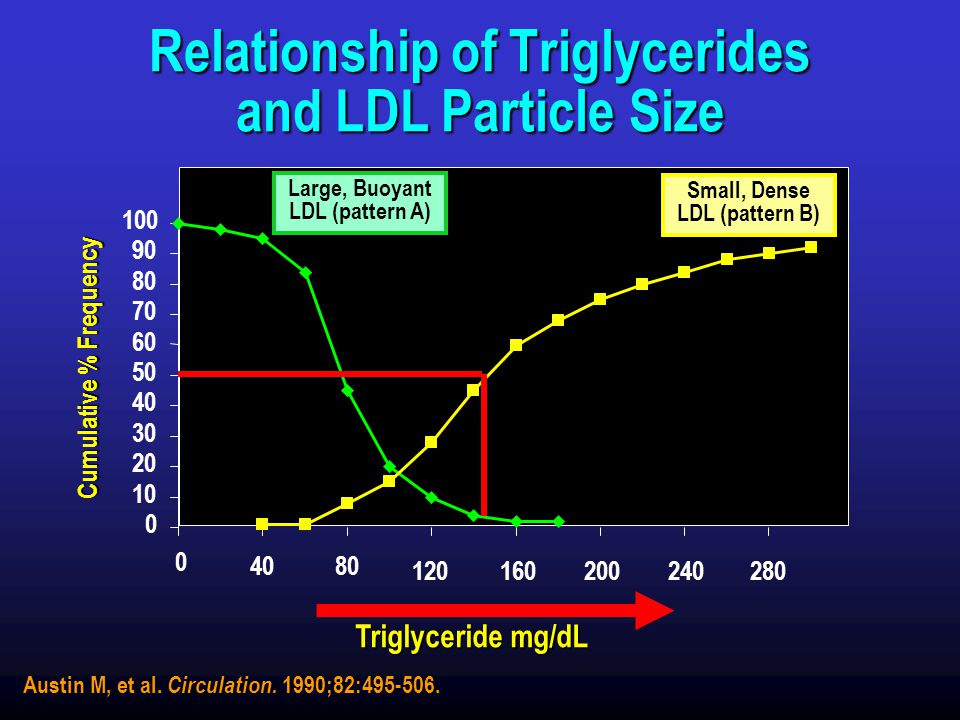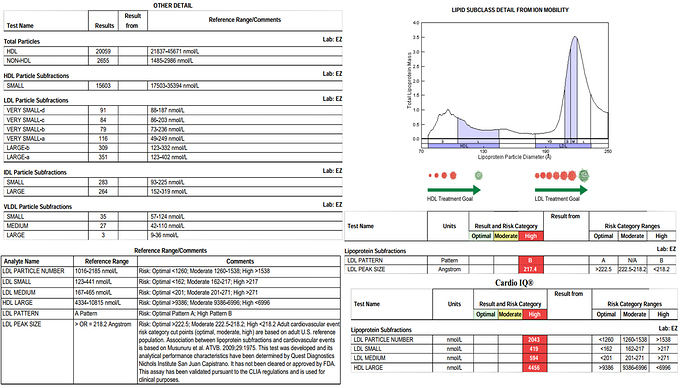Some people go keto and their LDL goes down, and some it barely changes, and in some people LDL goes up when they go low carb - and they are generally called hyperresponders.
It’s possible, but unlikely as your trigs/HDL are stellar. Less than 2 is ideal, yours after a year of keto is less than 1 - that’s outstanding.
http://www.docsopinion.com/2014/07/17/triglyceride-hdl-ratio/
People who really can’t do well on a low carb diet usually have structural problems like a deficiency in the enzyme that transports long chained fats across the wall of their mitochondria to be burned (https://en.wikipedia.org/wiki/Carnitine_palmitoyltransferase_II_deficiency). These people really can’t live on fat, they pretty much have to be glucose burners.
A lot of hyper-responders have this experience. It’s what led @DaveKeto to begin his experimentation to work out what was going on, and ultimately he found several interesting patterns that no-one else seems to have noticed.
I’m sorry that you were surprised by this, and anxious about your response. Let’s see if I can talk you off the ledge.
LDL is a particle your liver makes on demand to traffic energy in the form of lipids throughout your body. When we go keto, we are switching our bodies from fueling primarily on glucose to one that is fueling primarily on lipids. So it makes sense for the liver to make more LDL particles to traffic more lipids … so the real question I think is why does everyone else NOT hyper-respond as well.
I suspect some of the variability has to do with how much body fat we have, if we have 100 lbs of body fat then we know that can contribute 3150 kCal/day into our circulation so that’s not a bad days worth of energy right there. Such a person doesn’t need a lot of additional lipid traffic, so the LDL their livers make is just mopping up the leftovers and sending them to fat to be stored. Those people probably need to make less LDL.
People who have a lot less energy available from body fat, and lipid energy coming in via the gut has it’s own giant particles to traffic it about the body called chylomicrons and they last for about 30 mins after a meal and then they are picked up by the liver with their remaining payload of energy. Of course most of us don’t eat for 24 hours a day but we do burn fat all day so the liver has to make LDL to ship all that energy out into circulation.
But the question we have to ask is what does this mean for your cardiovascular disease risk?
Back in the 1970s we used to think that high cholesterol is a bad thing, because people who get cardiovascular disease first observe fatty streaks of cholesterol in their arteries. In the 1980s it became evident that one of the particles that traffics cholesterol HDL was actually protective against CVD - so then we had good cholesterol particles (HDL) and bad cholesterol particles (LDL). In 1990s Ronald Krauss discovered that not all LDL is associated with cardio vascular disease. LDL particles were either pattern “B” small dense LDL particles which were atherogenic, or they were pattern “A” large buoyant LDL particles and were benign to cardio vascular risk.
http://circ.ahajournals.org/content/circulationaha/82/2/495.full.pdf
There are tests that can determine how large your LDL particles are which will confirm whether your LDL is high risk, or benign.
However one interesting markers we can look at in regular lipid panels is your amount of triglycerides being carried in your blood.
Your triglycerides are 63 mg/dl and as you can see from that chart it is highly likely that your LDL particles are likely mostly Pattern “A” and utterly irrelevant to cardiovascular risk, and even though you appear to have a lot of LDL particles, almost none of them are pattern “B”.
Hope that helps. But if you want some real diagnostic evidence, get an NMR test to confirm the size of your LDL.




